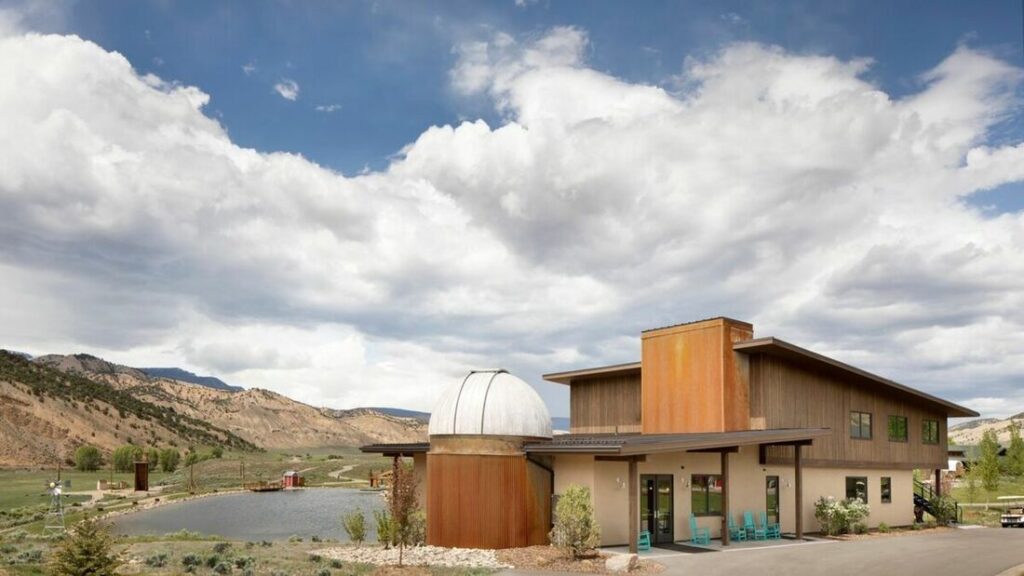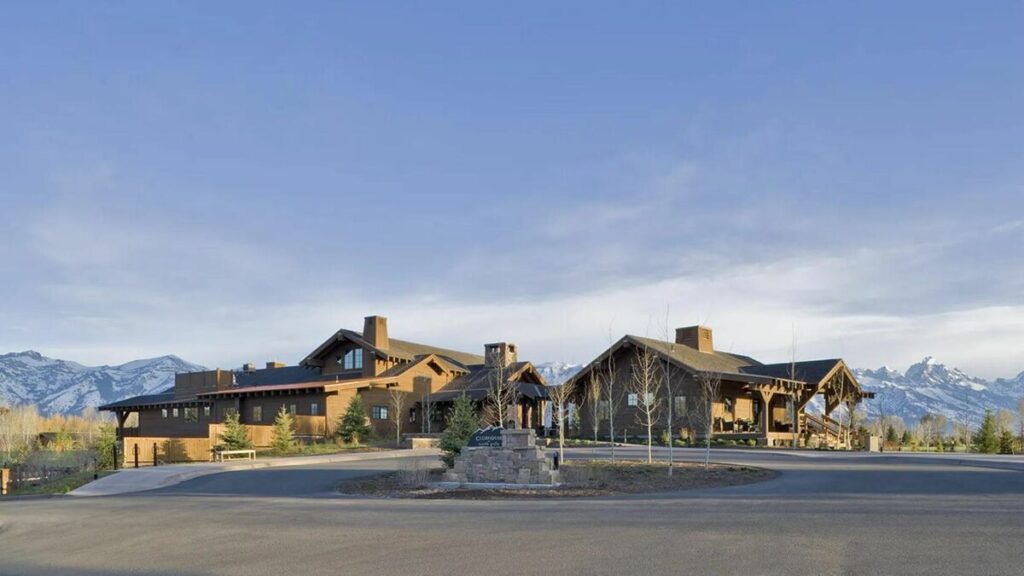Traveling has become a daily ritual for many, whether for business or pleasure. With more people blending work and leisure, a trend known as “bleisure,” the hospitality industry faces new challenges and opportunities. Hotel owners are constantly upgrading their services and interiors to meet the diverse needs of guests, ensuring memorable and comfortable stays.
In 2024, the focus will shift to creating emotional connections and high-quality experiences through innovative hospitality architecture. Hotels are not just places to sleep; they’re spaces designed to recharge emotionally and physically. As travelers seek unique and enriching experiences, hospitality design trends are evolving to include elements catering to professional and personal fulfillment.
Key Hospitality Design Trends for 2024

In 2024, hospitality design trends focus on creating spaces that are not just visually stunning but also functional and inviting. This year presents a blend of tradition and modernity, bringing unique experiences to guests worldwide.
Emphasis on Local and Artisanal Elements
Hotels increasingly showcase local culture and craftsmanship in their design. Embracing indigenous materials, artisanal furniture, and region-specific decor, these elements create an authentic experience for guests. For instance, a coastal hotel may feature driftwood accents and textiles woven by local artisans. Not only does this enhance the guest experience, but it also supports local economies. The use of indigenous materials in hospitality design intertwines local cultural elements, creating a singular and authentic sense of place.
Advances in Functionality and Versatility
Designs that allow spaces to serve multiple purposes are gaining traction. Hotels now incorporate modular furniture, adjustable lighting zones, interactive digital displays and movable walls to transition seamlessly from business meetings to social gatherings. Think of a lounge area that is a co-working space by day and transforms into a cocktail bar by night. This adaptability caters spaces to both professional and personal needs, meeting the demands of the “bleisure” traveler.
Incorporation of Quiet Luxury
Quiet luxury is about understated elegance and creating high-quality design experiences. It’s less about flaunting opulence and more about experiencing it subtly through fine linens, soft lighting, and bespoke amenities. Modern Hotels prioritize serene environments with neutral palettes, natural materials, and simple yet sophisticated decor. This trend offers guests a tranquil retreat, emphasizing comfort and understated style.
These trends emphasize the growing demand for thoughtful, versatile, and authentic hospitality design.
Emerging Themes in Hotel and Restaurant Design

As the hospitality industry gears up for 2024, design trends are transforming spaces into visually striking, comfortable retreats. This year, expect a blend of nostalgia and contemporary functionality.
Retro and Monochromatic Themes
Retro and monochromatic themes are making a big splash in hospitality interior design. Hotels and restaurants are embracing vibrant 1970s aesthetics with a modern twist. Imagine rooms bathed in a single hue, extending from walls to ceilings and even upholstery. This monochrome approach creates an immersive visual experience. Alongside this, there’s a renewed interest in vintage pieces and antiques. Guests can enjoy spaces that blend old-school charm with modern comfort, offering a unique and stylish ambiance that will surely intrigue and excite them.
Maximizing Guest Comfort and Functionality
Guest comfort isn’t just about plush beds anymore. Hotels are focusing on multi-functional designs that cater to different needs. Picture hotel hallways adorned with original patterns and textures, making each step attractive and unique. Common areas like lobbies are a facelift, aiming to create powerful first impressions. Furthermore, a diverse tactile landscape— from cozy chunky wools to refined textiles—enhances the sensory experience. These thoughtful touches ensure that whether guests are here for work or leisure, they find the space welcoming and practical, providing a sense of reassurance and comfort.
Design Techniques and Materials to Watch
As the hospitality industry charges into 2024, several intriguing design techniques and materials are capturing the spotlight. These design innovations aim to create memorable and functional guest spaces, seamlessly blending style and utility.
Innovations in Textured and Patterned Glass
Textured and patterned glass is making waves in hospitality interior design. This trend highlights the blend of aesthetics with practicality. Whether frosted for privacy or intricate patterns for flair, glass and plexiglass are more than just dividers. For instance, designers are infusing rooms with light and shadow effects, turning ordinary spaces into immersive experiences. The versatility extends to glass tiles and translucent exterior wall panels, creating a boundless yet private environment.
Sustainable Practices and Zero Impact Design
Sustainability remains at the forefront of hospitality design. In 2024, expect to see more zero impact designs. From renewable materials to energy-efficient lighting, the focus is on making spaces eco-friendly without compromising style. Hotels are recycled vintage furniture and fixtures, showcasing that green can also mean chic. Sustainable building practices ensure that the construction process aligns with eco-friendly principles. Imagine walking into a lobby where every piece tells a story of environmental stewardship. This approach appeals to eco-conscious travelers and sets a new standard in the industry, making them feel responsible and stylish.
By focusing on these techniques and materials, hospitality spaces are set to become both visually impressive and functionally exceptional in 2024.
Design Expectations from Modern Travelers
Modern travelers expect more than just a place to sleep; they seek spaces that enhance their overall experience. Hospitality interior design must now cater to these evolving demands.
Integration of Pet-Friendly Spaces
As more people travel with their pets, pet-friendly spaces have gone from a nice-to-have to a must-have. Travelers prefer staying in places that embrace their pets as family. Designers are responding by incorporating durable, easy-to-clean materials, innovative pet furniture, and dedicated pet relief and run areas. These spaces blend style with practicality, ensuring humans and their pets feel at home.
Designing for Economy and Value
Creating a luxurious experience doesn’t have to break the bank. Venues offering comfortable all-day spaces have seen up to a 30% increase in daily foot traffic, proving that comfort drives loyalty. Hospitality designs now focus on economic sensibility without sacrificing aesthetics. Multipurpose furniture, functional decor, and beautiful yet budget-friendly items make spaces inviting while keeping costs down.
Modern travelers expect a thoughtful design that balances comfort and economy, ensuring their stay is both enjoyable and affordable.
Conclusion
The latest developments in Hospitality design will revolutionize guest experiences in 2024 by incorporating innovative approaches and thoughtful details. By focusing on emotional connections and versatile designs, the industry is poised to meet the evolving needs of modern travelers. Quiet luxury, sustainable practices, and pet-friendly spaces are at the forefront of this transformation. As hotels continue to blend nostalgia with contemporary functionality, they create spaces that offer both luxury and value. The future of hospitality design is about aesthetics and creating meaningful, eco-friendly, and high-quality experiences for every guest.













